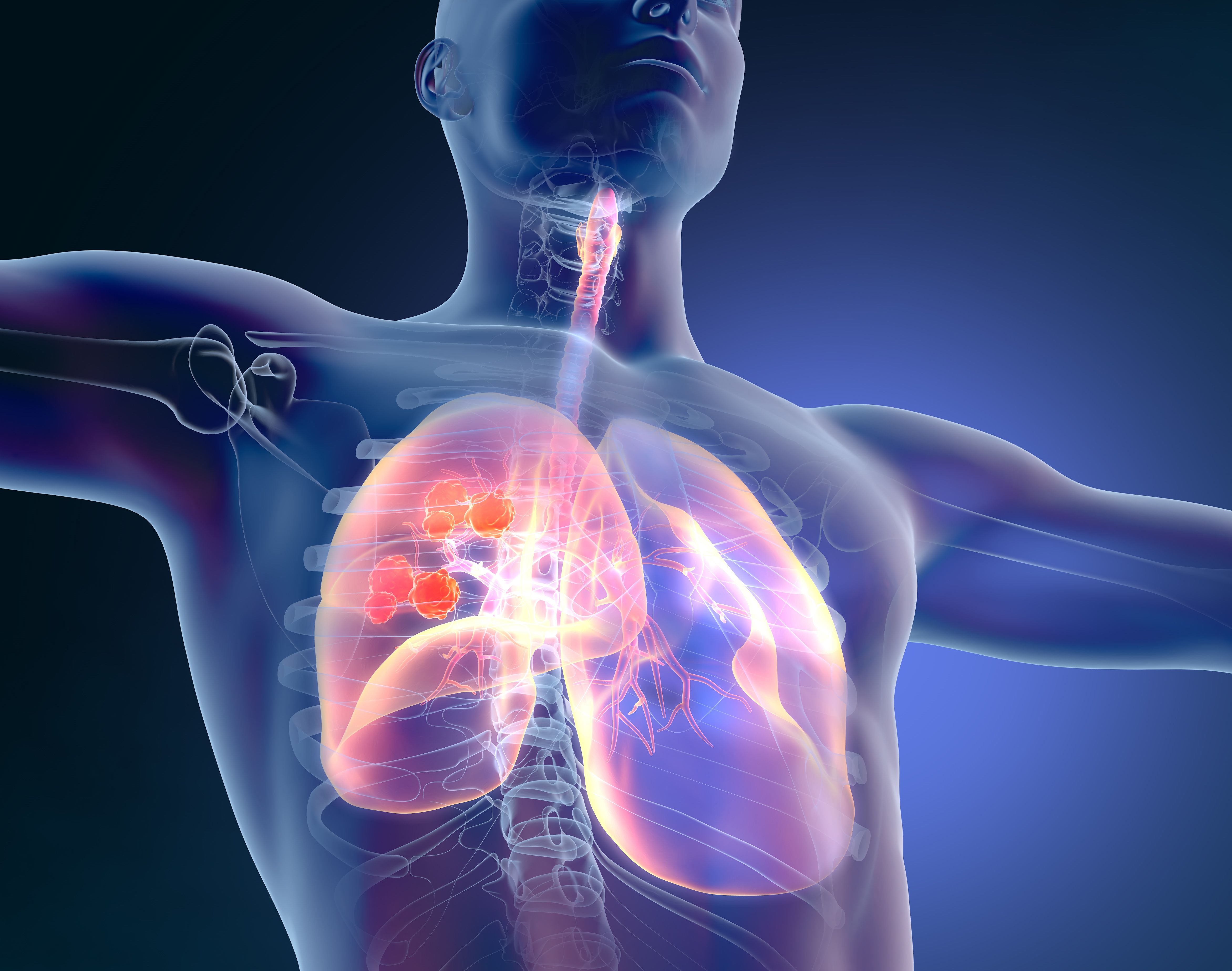Pembrolizumab Alone Shows Best Response in NSCLC With 90% or Higher PD-L1 Expression
Treatment with pembrolizumab monotherapy demonstrated the best response in patients with non–small cell lung cancer and a PD-L1 tumor proportion score of 90% or more, according to a correlative analysis conducted with 3-years of follow-up.

Pembrolizumab monotherapy showed the best long-term survival benefit in patients with non–small cell lung cancer and a PD-L1 tumor proportion score of 90% or more, according to a correlative analysis conducted with 3-years of follow-up presented at the 2022 American Society of Clinical Oncology (ASCO) Annual Meeting.
The median progression-free survival was 6.3 months (95% CI, 4.9-10.8) in the TPS of 90% or higher group vs 4.7 months (95% CI, 3.8-6.1) in the TPS of 50% to 89% group (HR, 0.69; 95% CI, 0.55-0.86; P <.001). The median overall survival was 29.0 months (95% CI, 21.0-45.3) in the TPS of 90% or more group vs 17.8 months (95% CI, 15.3-20.9) in the TPS of 50% to 89% group (HR, 0.40; 95% CI, 0.33-0.50; P <.0001).
The objective response rate in patients with a PD-L1 TPS of 50% to 89% was 32.0% vs 47.9% in those with a PD-L1 TPS of 90% or more (P <.001).
Of note, a gene mutation enrichment analysis showed that certain genomic alterations were significantly enriched in tumors with a PD-L1 TPS of 50% to 89% compared with 90% or more. Mutations in FBXW7, STK11, KEAP1, and CTNNB1 were more common in the TPS 50% to 89% group. Additionally, those with TPS or 90% or more had high rates of tumor infiltrating T-cells, including CD8-positive (P = .04) and CD8-positive/PD-1–positive (P = .02) cells.
Patients with PD-L1 TPS of 50% or greater who received frontline pembrolizumab monotherapy for advanced NSCLC were enrolled and were stratified to either the PD-L1 TPS of 50% to 89% group (n = 284) or PD-L1 TPS of 90% or more group (n = 169). The median age was 69 years (range, 35-93) in the 50% to 89% group and 70 years (30-88) in the 90% or higher group, with 51.1% vs 58.0% of patients being women, and 90.9% vs 94.7% being current or former smokers. Most patients in both groups at 80.9% vs 79.9%, respectively, had an ECOG performance score of 0 or 1.
Oncogenic driver mutations observed in the TPS 50% to 89% vs TPS 90% groups were KRAS in 30.3% vs 36.1%, BRAF in 4.2% vs 3.5%, and MET in 1.7% vs 4.7%, respectively. Close to 1 in 4 patients from both group (37.7% vs 38.5%) did not have any mutations identified.
Reference
Ricciuti B, Elkrief A, Victor J, et al. Three-year outcomes and correlative analyses in patients with non–small cell lung cancer (NSCLC) and a very high PD-L1 tumor proportion score (TPS) ≥ 90% treated with first-line pembrolizumab. J Clin Oncol. 2022;40(suppl 16):9043. doi: 10.1200/JCO.2022.40.16_suppl.9043
Roundtable Roundup: Lung Cancer Molecular Testing and ALK-Targeted Treatment
January 18th 2025In separate, live virtual events, Vincent K. Lam, MD, and Chul Kim, MD, MPH, discuss molecular assays and treatment options for a patient with metastatic non–small cell lung cancer (NSCLC), with participants.
Read More